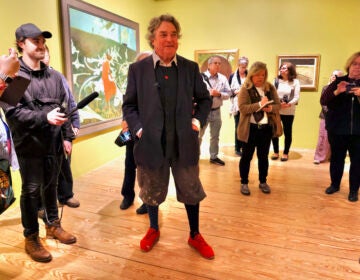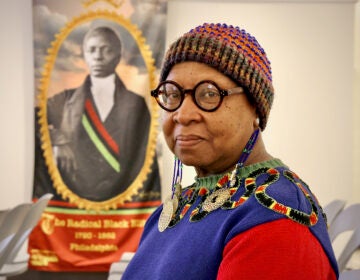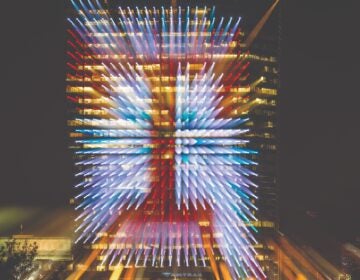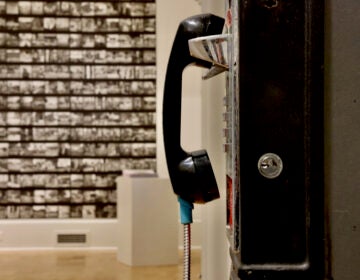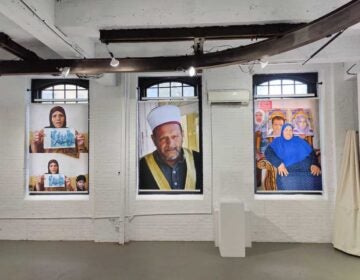From Camden and Cherry Hill to Trenton and the Jersey Shore, what about life in New Jersey do you want WHYY News to cover? Let us know.
The New Jersey State Museum is offering visitors an opportunity to view what life was like in the Garden State at the dawn of the 20th century.
Museum Curator Nick Ciotola says the “Discovering Grant Castner” exhibit tells the story of a young man with a keen eye who became fascinated by the new medium of photography at the end of the 19th century and dedicated his life to taking photos of a rapidly changing state from the 1890s to the 1920s.
“That’s the period where New Jersey transforms from its Garden State past into a modern, urbanized industrial metropolis, and Grant Castner took photos of that process,” Ciotola said.
He said some of Castner’s photos recorded the period when horses were being replaced by gas-propelled machines.
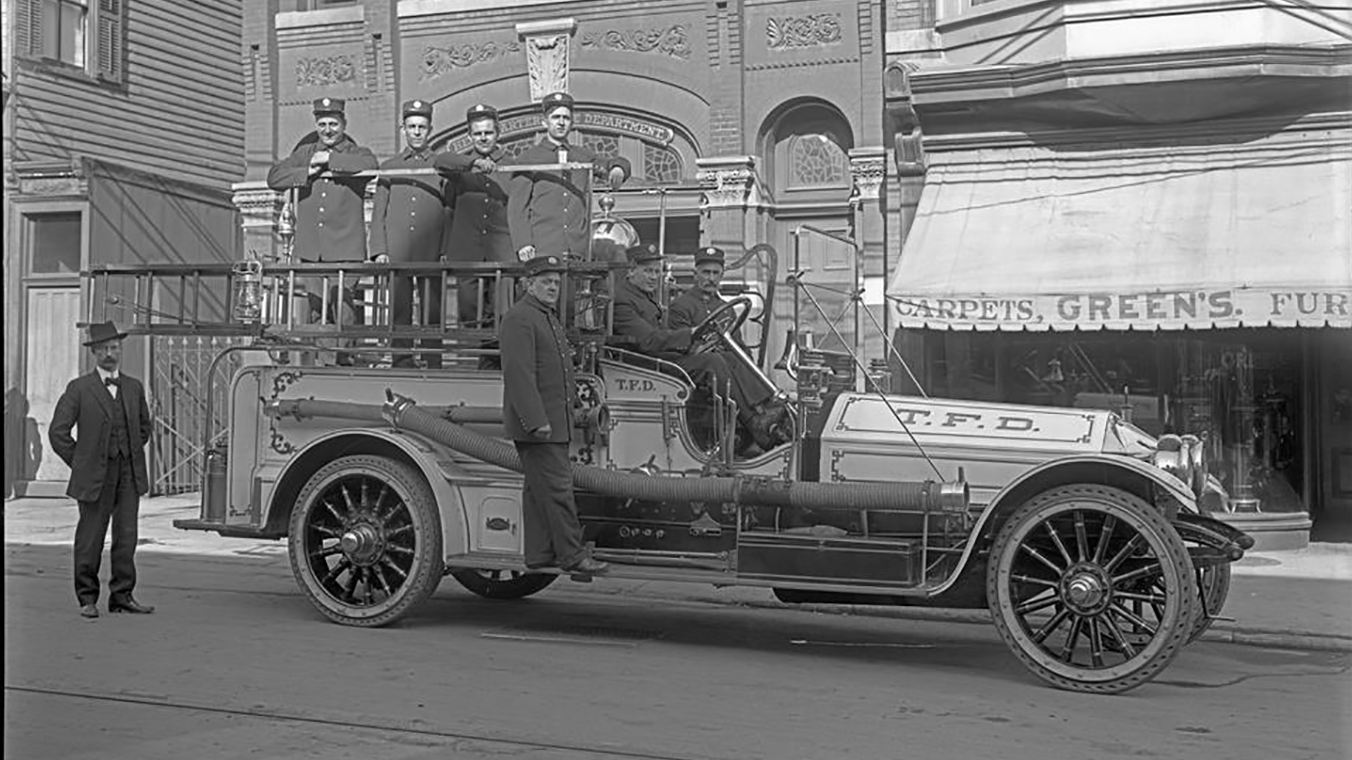
“But he’s also taking real personal portraits of his friends, as well as his neighbors,” said Ciotola.
Castner also documented many of his Black neighbors in and around Trenton, where he lived, which was somewhat unusual for a white photographer at that time.
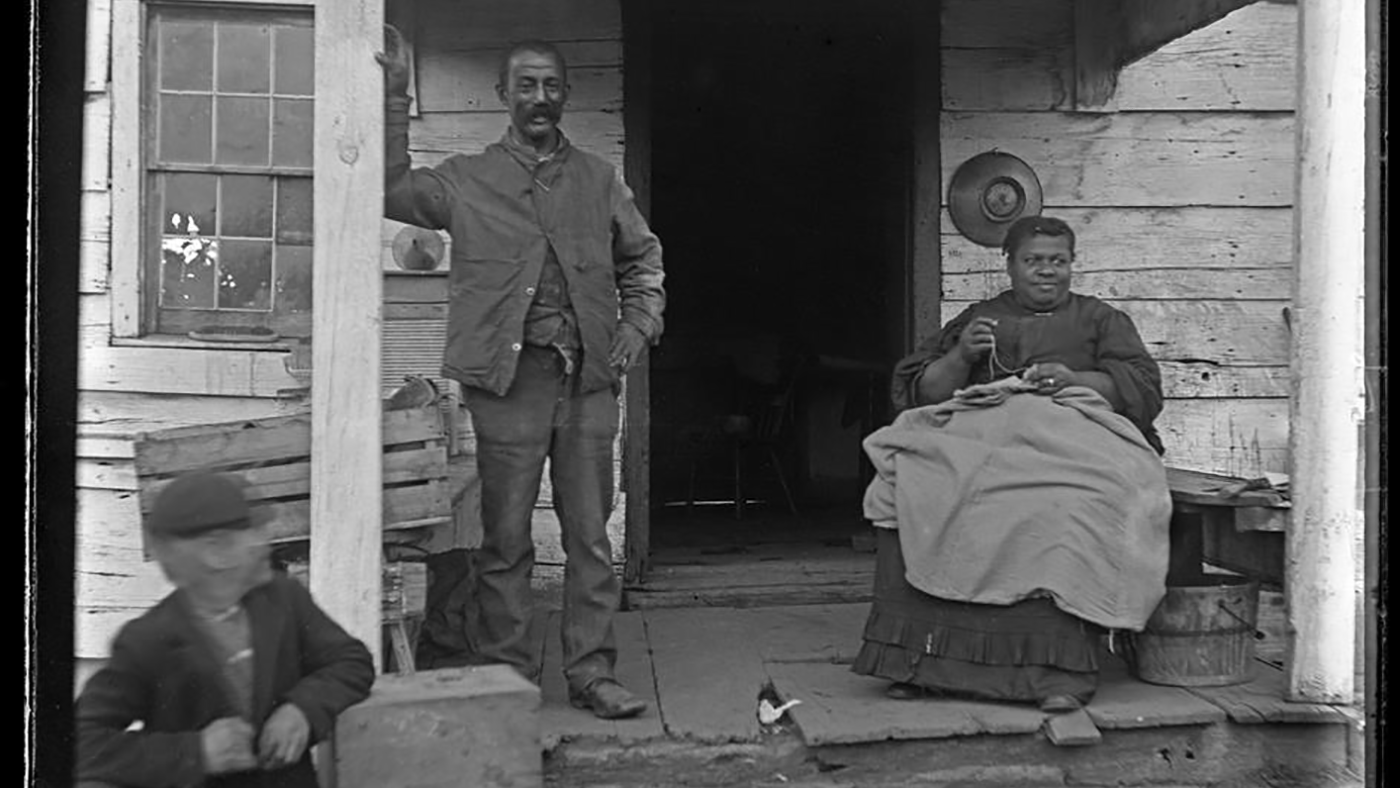
“One of the great things about his collection is that it shows that New Jersey then, as now, was a multicultural state,” Ciotola said.
He said Castner was captivated by a wide range of subjects, and the exhibition reflects that.
“There’s a section on railroads, there’s a section on canals,” he said. “Before the railroads were popular in New Jersey, goods traveled along the many canals in the area. There’s a section, of course, on the New Jersey shore.”
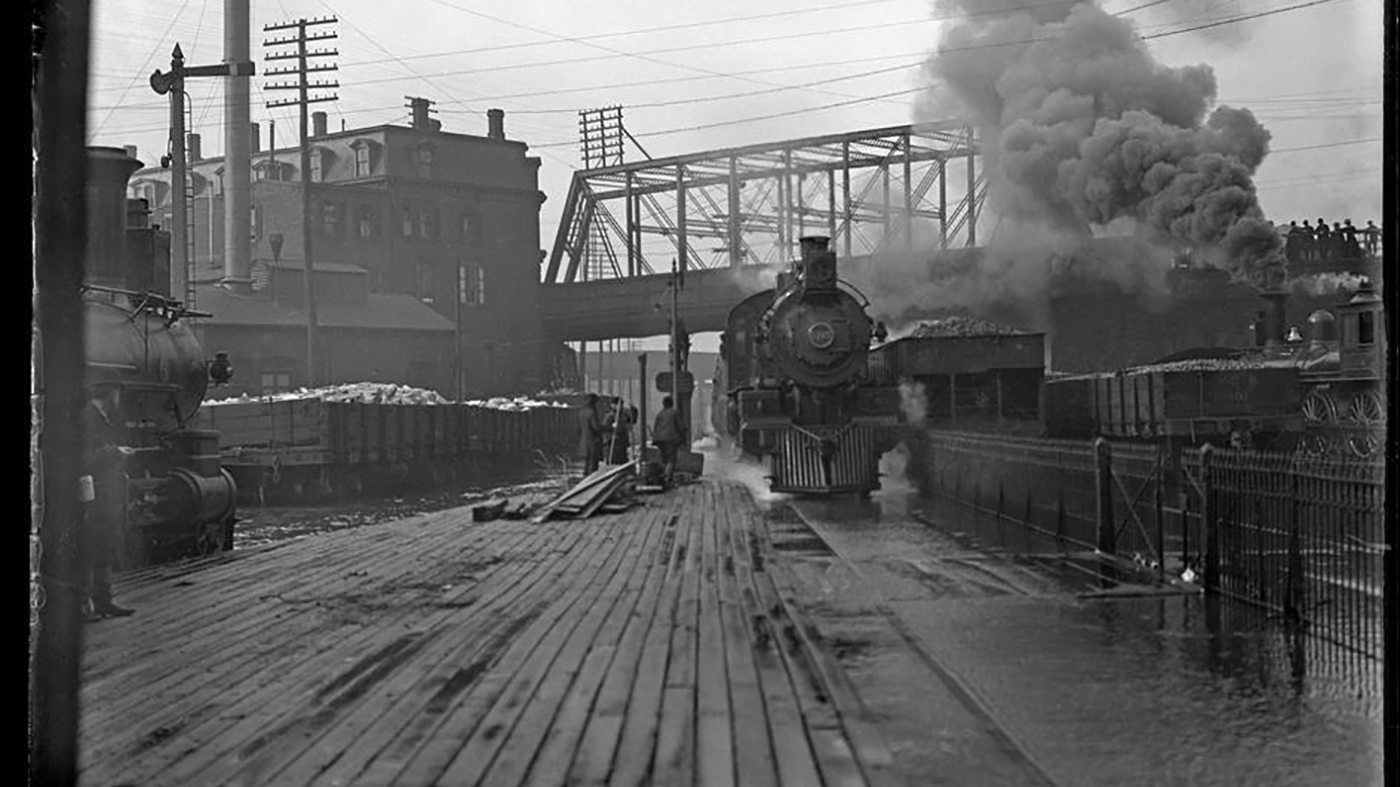
Ciotola said Castner’s journey into the world of photography began when he got married and became an officer in the Trenton Photographic Society, one of the first camera clubs ever established.
“People would probably recognize him on the street, toting his camera equipment around town. He took many pictures of the community; he was surely a recognizable force.”
During the early part of the 20th century, Castner showcased his work in public at the School for Industrial Arts.
Castner died in 1941, and he was mostly forgotten, but five years ago the museum was given 1,000 glass plate negatives of Castner’s work by the family of a collector in Lambertville. Two hundred of those images are currently on display.
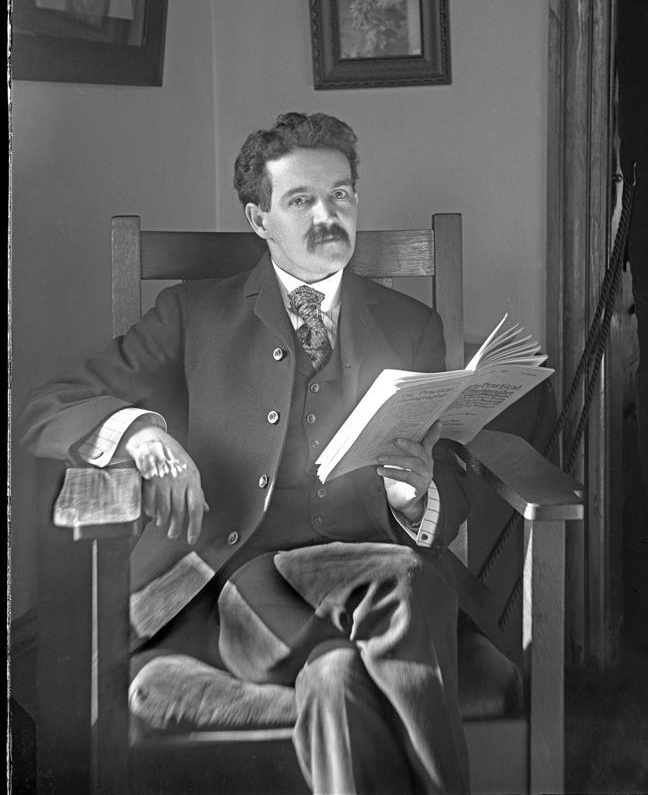
Ciotola said the New Jersey State Museum owns approximately 2.5 million objects and specimens.
“We only show a very small percentage of those at any point in time, but we recognized early on that this collection was so important, it needed to be in exhibition for the people of New Jersey,” he said.
Susan Greitz, marketing and PR manager for the museum, said the current offering fits into the museum’s focus on showcasing New Jersey artists.
“There’s always something new to see, our collection is not static,” she said. “From time to time when we get something new, it will quickly go on display. People might learn something new about the state that they live in, something that they didn’t know. It’s a wonderful way to learn and it’s not just for kids.”
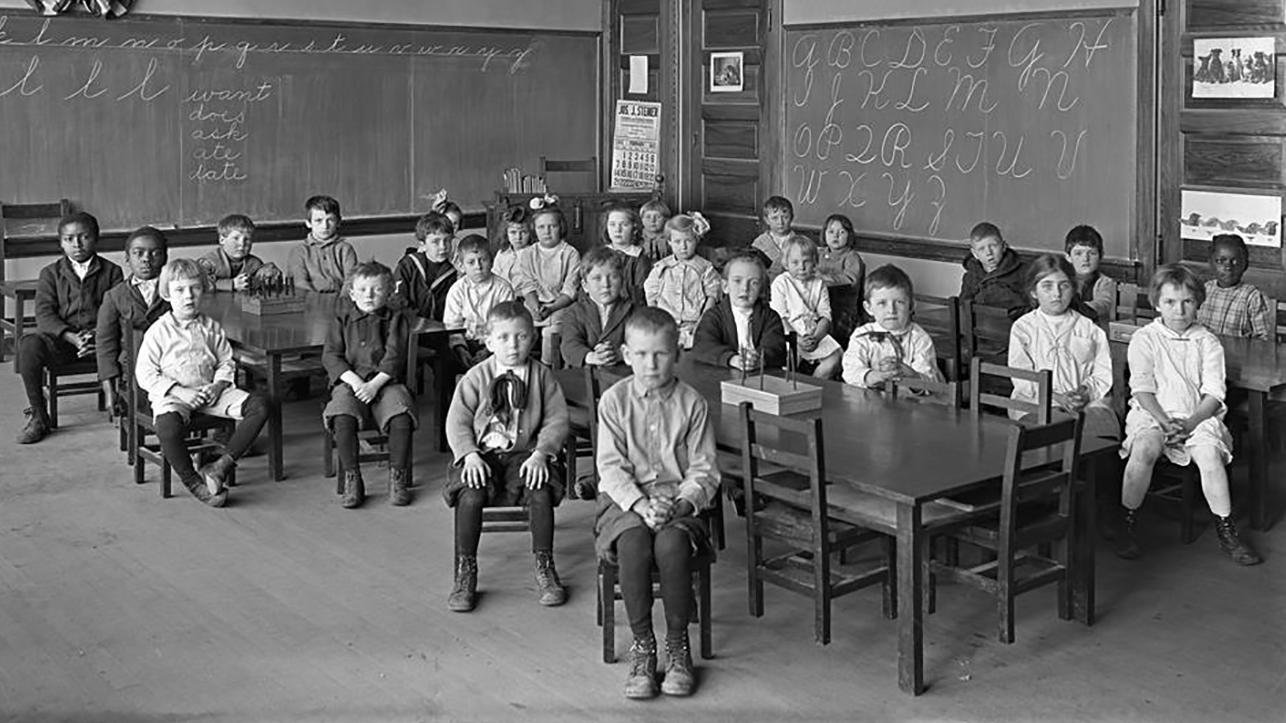
“Grant Castner wasn’t just a social documentarian, he was also a really good artist,” said Ciotola. “His style and technique was wonderful, and we at the museum are happy to give him his due.”
The museum at 205 W. State St. in Trenton, N.J., is open Tuesday through Sunday from 9 a.m. to 4:45 p.m. Admission is free.

Get daily updates from WHYY News!
WHYY is your source for fact-based, in-depth journalism and information. As a nonprofit organization, we rely on financial support from readers like you. Please give today.



